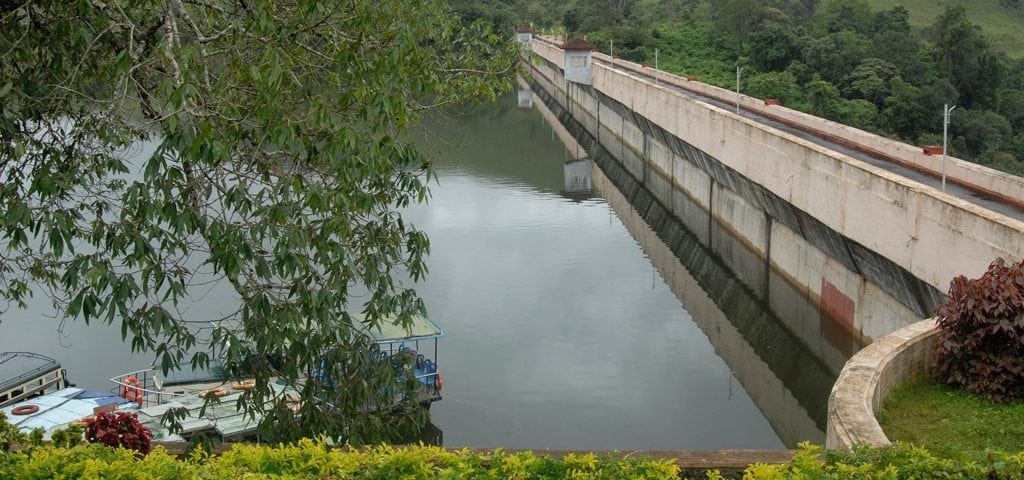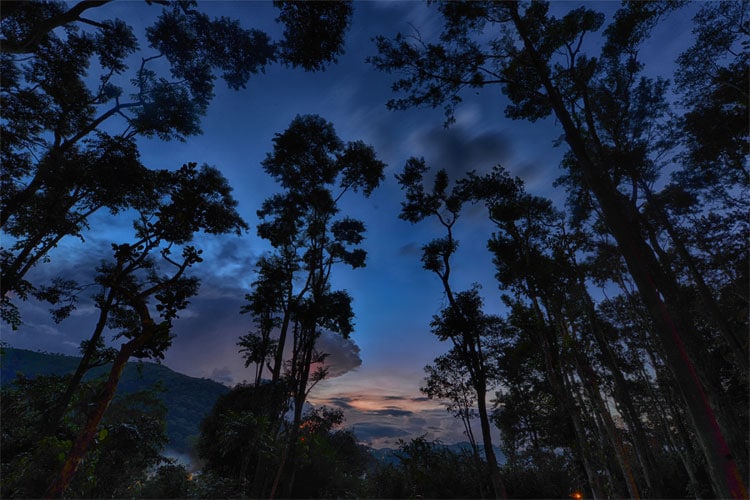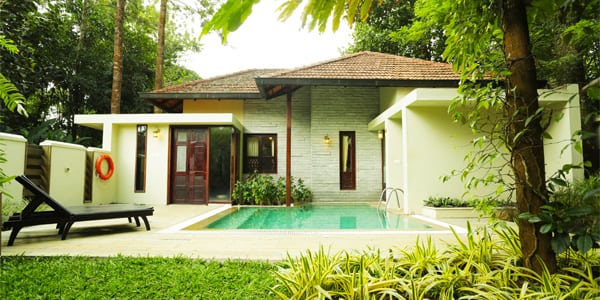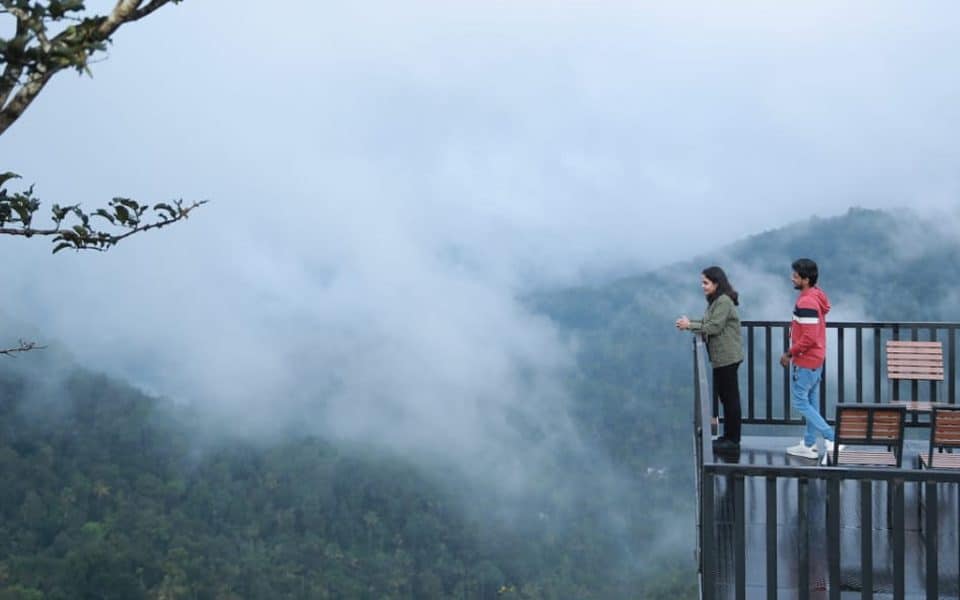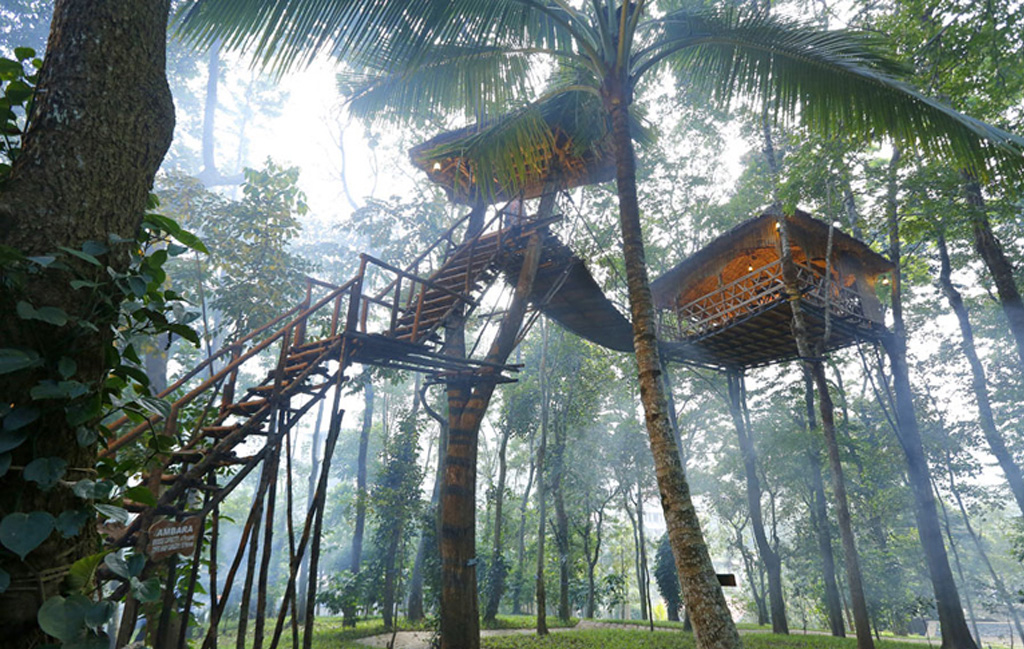
ARE WE LOSING TRACK OF THE PLOT IN THIS GREAT JOURNEY?
November 21, 2015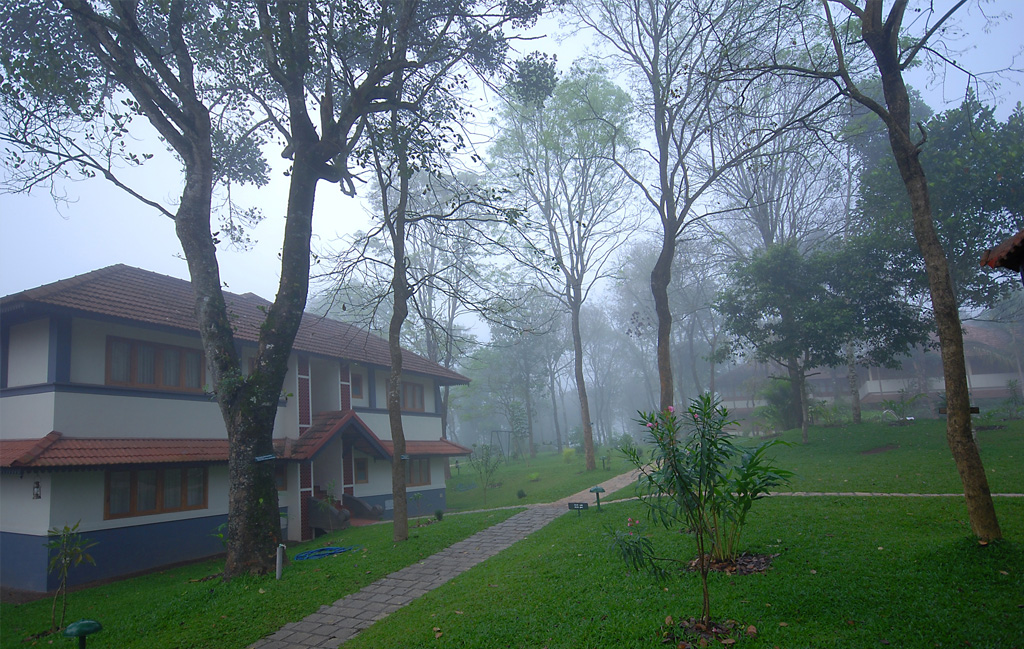
FROM THE CONSERVATIONIST’S EYE
November 22, 2015The beautiful river periyar holds in its bosom many a tales and historical nuances from centuries bygone. Originating from the cardamom hills in the erst while kingdom of travancore, the periyar was the longest river of kerala.
The rain shadow region of madurai in the madras presidency faced heavy shortage of water during the period. In 1886, the maharaja of travancore was coerced by the British secretary of state into signing a lease indenture of 999 years for periyar irrigation works at the confluence of mullayar and periyar. A dam project was proposed to irrigate parts of tamil nadu such as theni, madurai, sivaganga and ramnathapuram by diverting the westwards flowing water of periyar towards east to augment river vaigai and at a later stage, produce electricity from it.
Constructed by the british army engineering corps under the command of john pennycuick, the mullaperiyar dam took about 8 years to complete. During the construction of the dam, labor causalities were quite rampant owing to disease like malaria and the difficult geographical and climatic conditions.
The present day periyar national park, spread over 925sq.km, located around the dam’s reservior. The mullaperiyar is a mansory gravity dam running a length of 1200 ft. and a height of 176ft. The dam and its reserviors are located within the periyar national park, Thekkady. The tree stumps seen in the river stands testimony to the acres of forest area that got submerged under the dam. More thn two lakh acres of land is irrigated by the dam’s water. The water is transported through 1.6 km tunnel that reaches the churiliyar and vaigai rivers in tamil nadu. To safeguard the dam and lengthen its life, the maharaja travencore agreed to protect the 600 sq,jn Nelikampetti area – the catchment area of the lake as reserved forest in 1899. Known as the periyar tiger reserve (PTR) today, it is one of the most ecologically diverse regions in india with n immensely rich and diverse flora as well as fauna.


